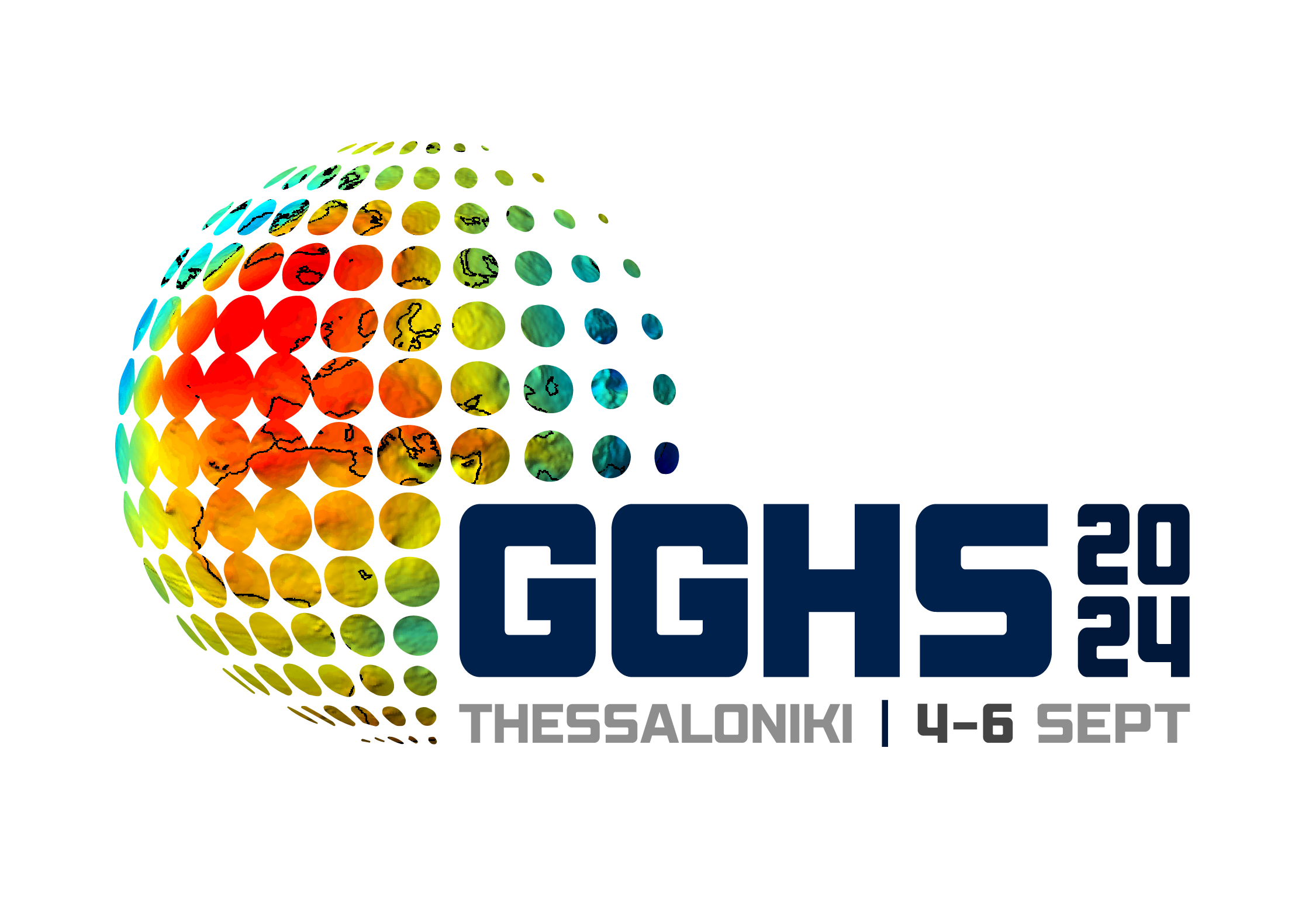Gravity, Geoid and Height Systems 2024

The GGHS2024 “Gravity, Geoid and Height Systems 2024” Symposium will be held in Thessaloniki, Greece, from 4 to 6 September 2024. It focuses on methods for observing, estimating and interpreting the Earth’s gravity field and the essential role of gravity field modelling in measuring, understanding and predicting changes in the Earth system.
Introduction
The GGHS2024 “Gravity, Geoid and Height Systems 2024” Symposium will be held in Thessaloniki, Greece, from 4 to 6 September 2024. It focuses on methods for observing, estimating and interpreting the Earth’s gravity field and the essential role of gravity field modelling in measuring, understanding and predicting changes in the Earth system.
GGHS2024 continues the long history of IAG gravity field related symposia, initially hosted by the IAG Commission 2 (Gravity Field):
- GGG2000 (Banff, Canada),
- GG2002 (Thessaloniki, Greece),
- GGSM2004 (Porto, Portugal),
- GGEO2008 (Chania, Greece),
- GGHS2012 (Venice, Italy),
those organized by the International Gravity Field Service (IGFS):
- 1st IGFS Meeting 2006 (Istanbul Turkey),
- 2nd IGFS Meeting 2010 (Fairbanks, Alaska, USA),
- 3rd IGFS Meeting 2014 (Shanghai, China).
And more recently the joint IAG Commission 2 and IGFS Symposia:
- GGH2016 (Thessaloniki, Greece),
- GGHS2018 (Copenhagen, Denmark) and
- GGHS2022 (Austin, Texas).
On this occasion, GGHS2024 is co-organized by the IAG’s Global Geodetic Observing System (GGOS).
More information on the conference sessions, venue, and hosting city along with important dates for abstract submission, registration, trip and visa arrangements can be found in the symposium website at http://www.gghs2024.com.
Subject - Themes
During the last decade, geodesy in general and gravity field modelling in particular, have experienced a notable growth in their recognition and end-product use by many scientific disciplines.
This was mainly due to the advent of the dedicated legacy satellite gravity missions of CHAMP, GRACE and GOCE, which have brought new insights to both the static and time-variable representations of the Earth’s gravity field. GRACE Follow-On has seamlessly integrated with the 15-year GRACE data record and has become indispensable for a wide variety of geophysical process and climate studies. New mission concepts, like NGGM, new accelerometers for satellite gradiometry, cold atom gravimetry, and new and enhanced processing technologies, shall substantially improve this knowledge with further increased spatial and temporal resolution. Moreover, the continuous availability of altimeters on-board satellites and the improvements in the representation of the marine geoid have provided higher accuracies to shorter spatial scales of the marine geoid and gravity field, ocean topography and circulation as well as the structure of the oceanic crust.
At the time came advancements in traditional terrestrial, airborne, UAV and shipborne gravity instrumentation, which offer considerable improvements in gravity networks and the monitoring of gravity variations. Absolute quantum gravimeters have emerged and are gradually replacing free-fall corner cube ones, concepts on quantum sensors are investigated as future payloads for gravity dedicated space missions, while results from gravimeters based on MEMS and airborne sensors on UAVs are emerging.
Another a major breakthrough for the gravity and geoid community has been the definition of the International Height Reference System (IHRS) and the practical realization of the International Height Reference Frame (IHRF). Concepts for geoid and potential determination have been developed and tested aiming at providing a roadmap for the definition and realization of physical heights into a worldwide frame. The latter can lead to the linkage of local vertical datums to a global one, which is fundamental for monitoring sea level variations, as well as engineering and hydrological and cryosphere studies.
The collocated use of the new datasets and models offered by gravity-field related research improves the knowledge of the Earth system, its sub-systems, coupling processes among them, which are important indicators for climate change. They provide the building blocks for innovative investigations of the solid Earth giving new details of crust and mantle and their variation in time.
Contributions on methods for observing, modelling and interpreting the Earth’s gravity field, the determination of the geoid, the establishment of physical height systems, and the essential role of gravity field modelling in measuring, understanding and predicting changes in the Earth system are welcomed for presentation at the GGHS2024 Symposium.
GGHS2024 Sessions
Session 1: Reference systems and frames in Physical Geodesy
Session 2: Novel technologies in terrestrial, airborne and satellite gravity field determination
Session 3: Static and time-variable global gravity field modelling
Session 4: Regional gravity field modelling and geophysical interpretation
Session 5: Gravity for climate, atmosphere, ocean and natural hazard research
Section 6: Data management, dissemination of results and networking of stakeholders